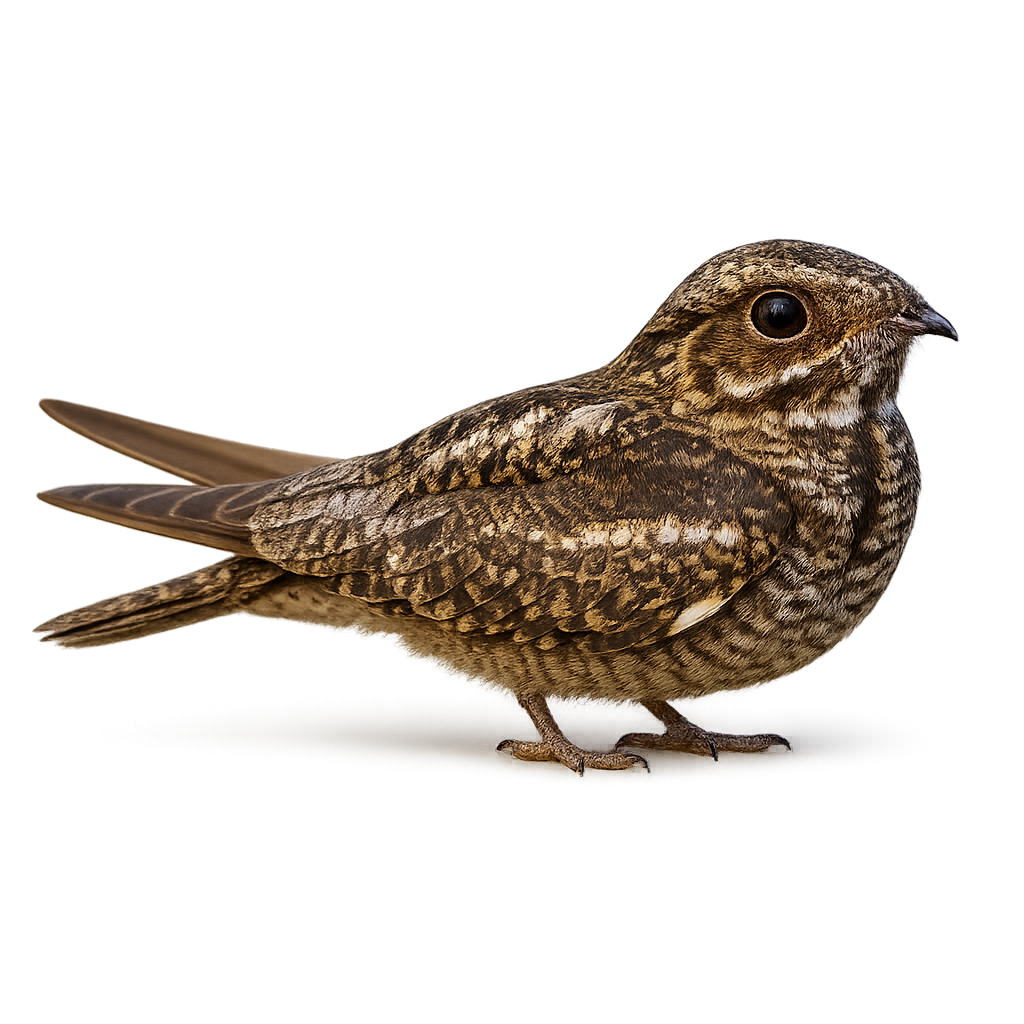Your wildlife photography guide.
Explore the european nightjar in detail, study its behavior, prepare your shots.
Where to observe and photograph the european nightjar in the wild
Learn where and when to spot the european nightjar in the wild, how to identify the species based on distinctive features, and what natural environments it inhabits. The WildlifePhotographer app offers tailored photography tips that reflect the european nightjar’s behavior, helping you capture better wildlife images. Explore the full species profile for key information including description, habitat, active periods, and approach techniques.
European Nightjar
Scientific name: Caprimulgus europaeus

IUCN Status: Least Concern
Family: CAPRIMULGIDAE
Group: Birds
Sensitivity to human approach: Suspicious
Minimum approach distance: 30 m
Courtship display: May to June
Incubation: 17–21 jours
Hatchings: June to July
Habitat:
Forests and woodlands
Activity period :
Mainly active at night, generally discreet during the day.
Identification and description:
The European Nightjar is a nocturnal bird, often difficult to spot due to its perfectly camouflaged plumage that helps it blend into its surroundings. It measures about 23 to 26 cm in length, with a wingspan of 50 to 55 cm. Its plumage is primarily brown, with complex patterns of spots and streaks that perfectly mimic the colors and textures of forest floors or dry meadows. The European Nightjar primarily feeds on nocturnal insects, which it captures in flight with its wide mouth open. It hunts at dusk and during the night, using its broad, rounded wings to maneuver silently through the air. This bird is often seen flying in circles or zigzags above fields, forests, or open areas. During the breeding season, the female lays its eggs directly on the ground, often in well-hidden spots. While the species is not currently endangered, it faces threats such as habitat loss, light pollution, and the decline of nocturnal insects.
Recommended lens:
300 mm – adjust based on distance, desired framing (portrait or habitat), and approach conditions.
Photography tips:
Use a telephoto lens to photograph from a distance, respecting the discreet and twilight-active nature of the species.
Photograph at dusk or dawn, when the soft light brings out the subtle patterns of its cryptic plumage, perfectly blending into its surroundings.
Look for it in open habitats such as heathlands, clearings, logged forest areas, or young pine stands. The European nightjar hunts low in flight, feeding mainly on nocturnal insects.
Be patient and discreet to avoid disturbing its natural behavior, especially during the breeding season when it nests directly on the ground, often well hidden.
The European nightjar is classified as Least Concern by the IUCN. However, it is vulnerable to habitat loss, disturbance, and light pollution. It is crucial to respect its environment and minimize any form of disruption.
The WildlifePhotographer App is coming soon!
Be the first to explore the best nature spots, track rutting seasons, log your observations, and observe more wildlife.
Already 1 429 wildlife lovers subscribed worldwide

